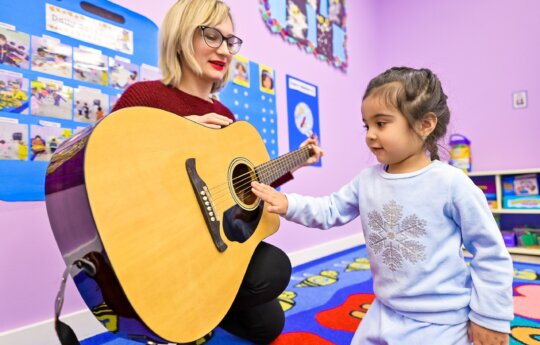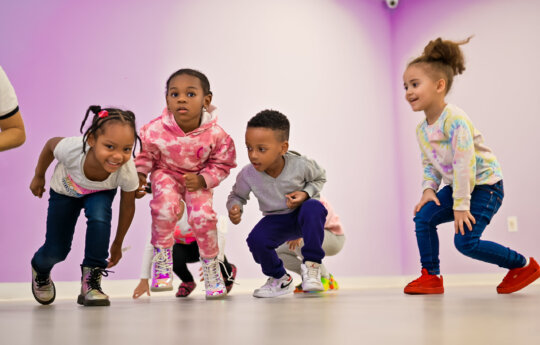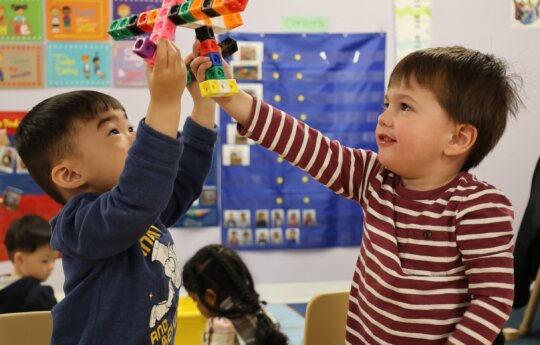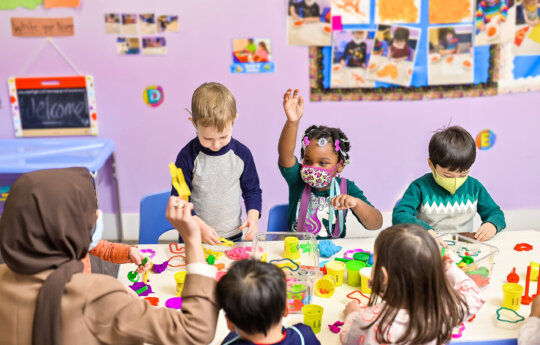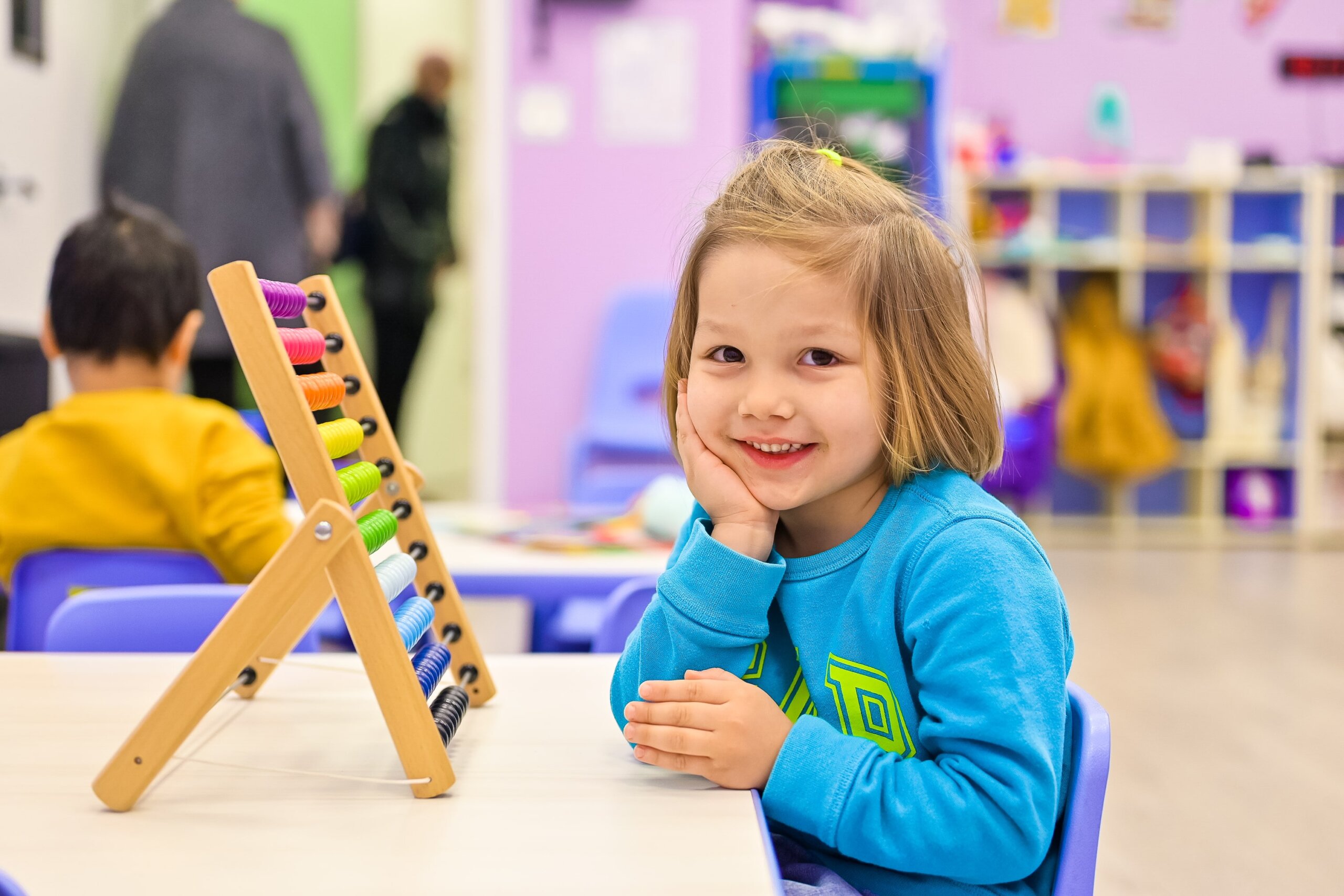
What is show and tell? This is both a favorite and a fun activity for preschoolers. Despite the fact that this scenario is considered a demonstration of a child’s favorite toy and is often not subjected to pedagogical control, as well as limited in time, this exercise has a supportive potential.
In the article, we will consider in detail and from a pedagogical perspective the topic of Show-and-Tell for children or all about show-and-tell for kids and how to make this process for each child as useful and interests-inciting as possible. In other words, it is a comprehensive guide for educators, as well as parents, who would like to provide all opportunities for the kids to make the best of their classroom vs at home experience.
What Is Show and Tell: Meaning & Benefits
The show and tell meaning gives kids a safe space to express their innermost thoughts and feelings. Children learn to communicate their feelings and establish emotional connections with others by narrating a tale that holds personal significance for them.
Emotional Development: Expressing Feelings and Experiences
This game can be very helpful in giving kids a sense of agency since it allows even the most shy youngsters to express something they are interested in and feel heard and understood. The event also fosters empathy in youngsters by allowing them to hear the stories of other kids and progressively learn about the range of emotions that people can experience.
Show and Tell is a special activity that allows children to share their personal feelings and experiences in a supportive atmosphere. By showing an object or telling a story that is of personal value to them, children learn to express their emotions and connect with others on an emotional level. Moreover, this activity can be particularly beneficial in terms of giving children some power: even the most timid of kids can show an item of personal interest and be heard and understood. Additionally, show and tell encourages self-awareness and empathy: by listening to the other children’s stories, kids gradually gain understanding of the surrounding world and different feelings that people can have.
Social Skills: Building Interaction and Communication
Participation in the show and tell activities can be extremely beneficial for social skills development. Notably, a child’s verbal competencies are enhanced when they are required to tell the class about the object they have brought. However, there are also less obvious advantages to the activity, such as improvement in non-verbal communication. Owing to the fact that the situation is structured, the kids learn the rules of conversation and develop patience. Moreover, the children learn about each other’s interests, and the activity generally brings the classmates together. This interactive form allows kids to learn more about each other, thus improving their friendships and the climate in the class.
Cognitive Growth: Encouraging Inquiry and Knowledge Transfer
Show and tell can be a great springboard for cognitive development. Naturally, children are curious, and when they bring the items they know about in the class, they both share their knowledge and receive new knowledge from their peers. The exchange of facts naturally stimulates childenls’ intellectual development and curiosity, enhancing their motivation to ask questions and look for answers. Furthermore, by talking about their object, the kids improve their fine motor skills and spatial skills while handling the item. Finally, show and tell encourages research and organization skills: the children learn to search for information about the item they are going to talk about and organize it.
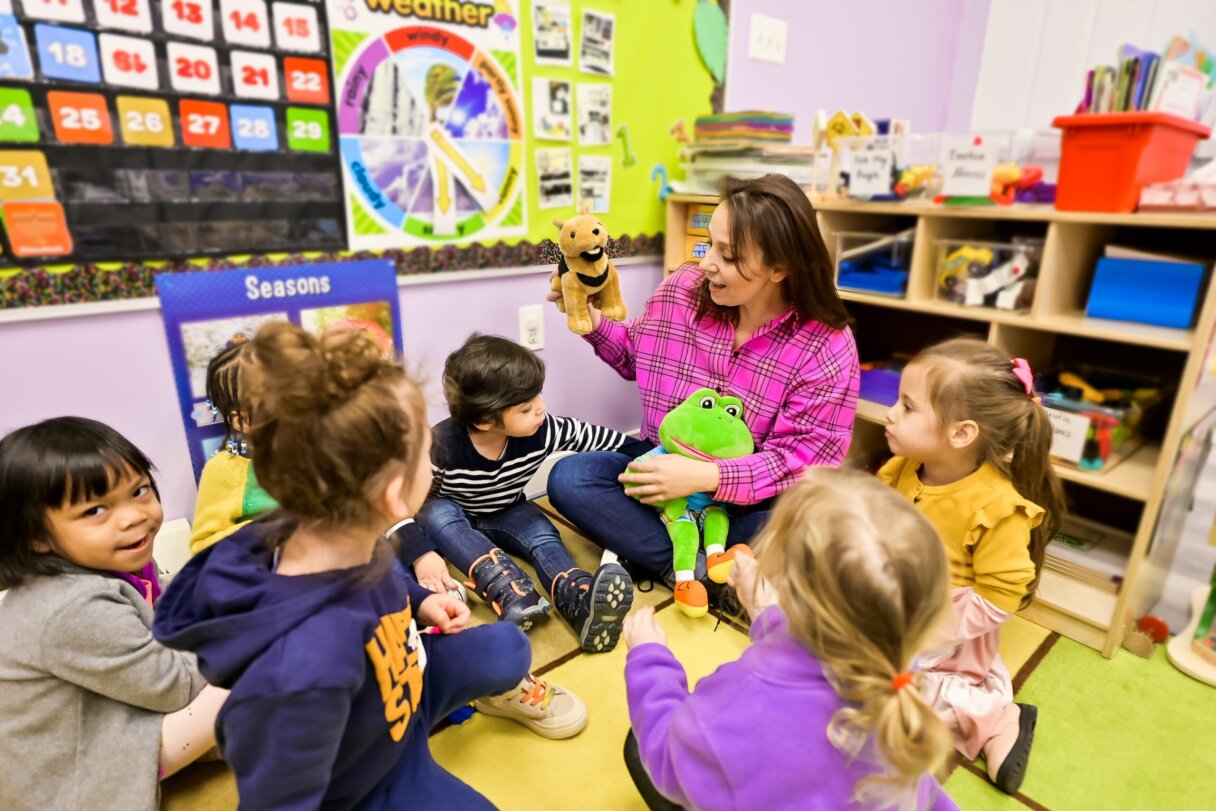
Show and Tell Activity for Kids: How to Encourage Participation
Preparing your child for show and tell activity is one approach to transform their experience from one of anxiety to excitement. Here is a comprehensive checklist:
- You should start by helping your child choose an exhibit that they are excited about or interested in; this will help them talk about it more freely.
- Discuss with your child what they would like to say and practice at home to help them build comfort.
- You should be able to create a small audience, like the family or their stuffed animals to make it less daunting.
Children learn to listen, interact, and connect with others in addition to sharing their interests when they are prepared properly. Show and tell activity for kids develops into a potent tool for fostering social development, self-expression, and curiosity over time.
Tips for shy or hesitant children
Children who are timid or apprehensive find the thought of standing in front of everyone to be quite stressful. There are some shy kids tips:
- To work through this, you may start by scaffolding this process and have them build their confidence. This may be done by first allowing the child to participate in smaller groups, through one-on-one show and tell with the teacher or a friendly peer.
- Moreover, using positive reinforcement and encouraging them to participate by applauding even the tiniest of their effort can give a great boost to their readiness to speak.
- A picture can also be of great help; allow the shy child a favorite toy to hold, a book to introduce, or a poster to show to provide them with an idea to concentrate on, reducing the feeling of being put on the spot.
Children engaged in a science experiment at Little Scholars Toddler Program, illustrating the hands-on approach to early childhood education.
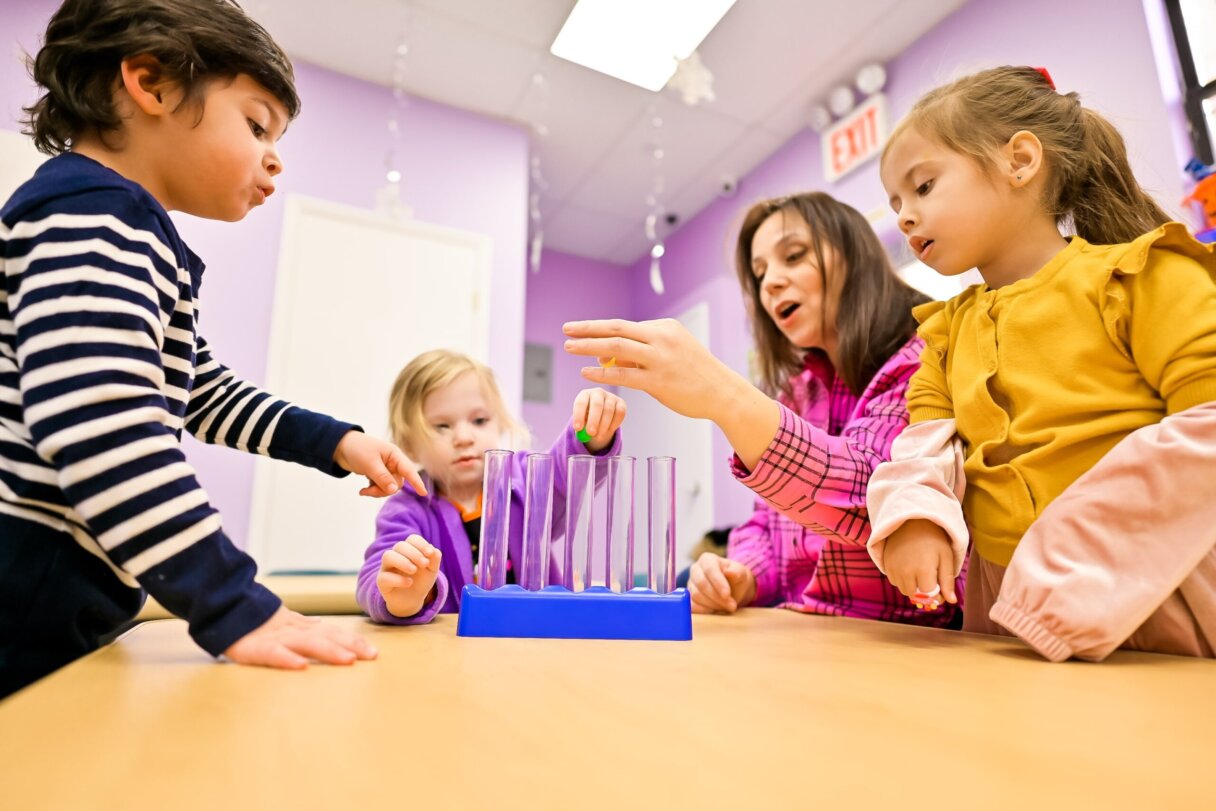
Guidelines: What to Bring for Show and Tell
In show and tell for kids, identifying a topic is the most crucial step. Your child should be assisted in deciding what items to bring that they are familiar with, are eager to learn more about, or that piques their curiosity. If you are passionate about your subject and know a lot about it, public speaking is usually easier.
Our theme ideas include:
- Something from an old or new holiday. A postcard, memento, or holiday diary with an excerpt they may read could be the item.
- An action photo (you might even be able to supply an electronic version so the instructor can display it on the whiteboard)
Remember that having something to pass around is entertaining and engaging for the class, regardless of what you choose to contribute.
Items to avoid
In order to stay safe and inclusive, the following items can be avoided throughout kindergarten show and tell:
- Valuable items – items that can be lost or are irreplaceable might be very stressful for a child to take them to class, as they may get lost or stolen.
- Food items – it is better to avoid bringing food because some students are going to be allergic to it.
- Personal gadgets – bringing devices will distract others and is not the best idea for every audience.
Other than the items listed above, the students have to be guided about what items they can take to make it inclusive and safe for this particular group.
Two children at Little Scholars Daycare collaboratively building with blocks, learning to share and play together
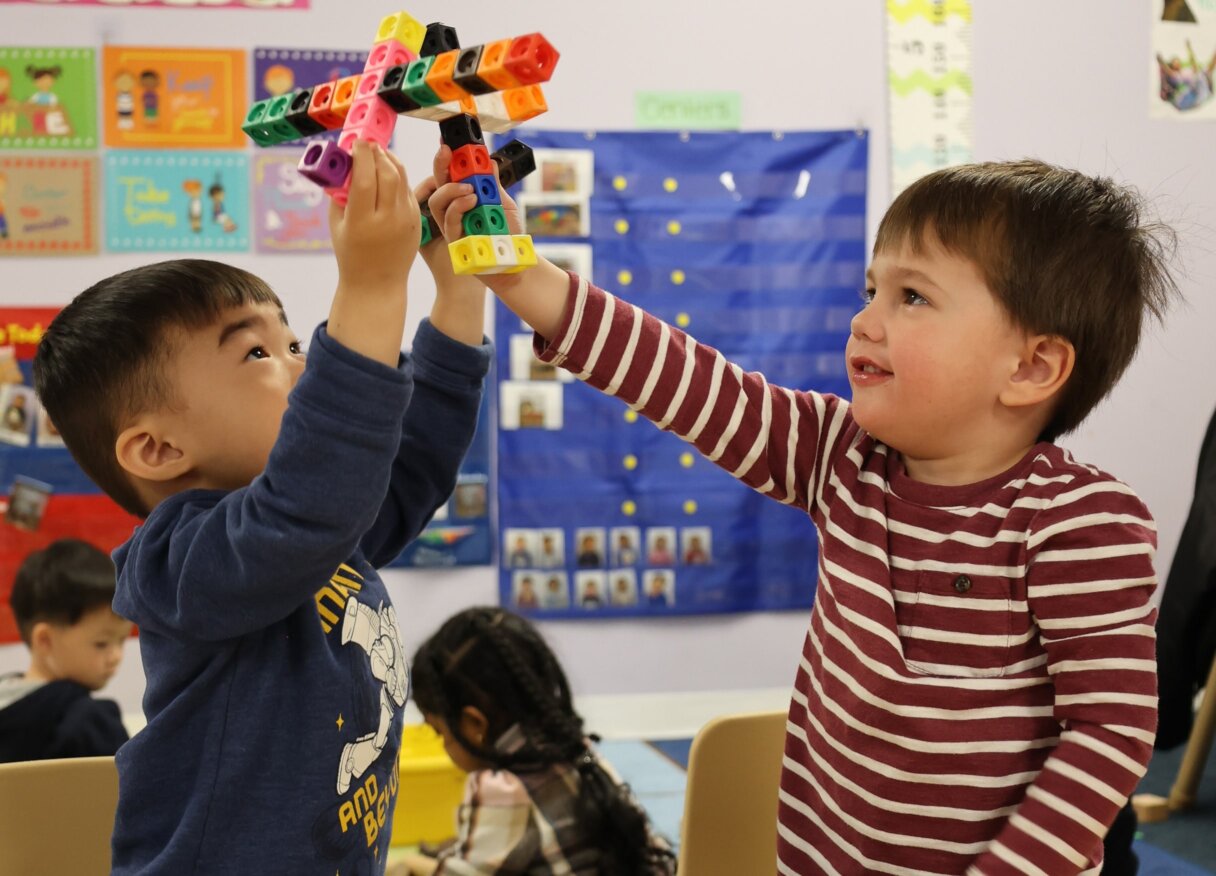
Creative Show and Tell Ideas for Kids
Children may find Show and Tell to be the high point of the school week. They get to tell their teachers and fellow students about a piece of their lives. Nevertheless, the game may lose its enthusiasm after a few rounds of exchanging toys or family photos. Here are some imaginative and entertaining show and tell ideas to assist you out and elevate the event.
Theme-Based Suggestions
Introducing theme-based show and tell sessions can make this activity more exciting and educational. Here are some themes and ideas that can inspire children to think creatively about what they bring to share:
- Family: children can bring a family photo or a small heirloom and talk about their heritage, traditions or a memorable family event.
- Hobbies: whether it’s a piece of a puzzle, a knit scarf or a soccer ball, sharing about a hobby and its related items sheds light on what children like to put their time and energy into when they’re not at school.
- Favorite book: kids can be asked to bring their favorite book and talk about what’s so special about it, maybe even read their favorite page or explain what they learned from the book.
- Travel: objects such as postcards, souvenirs or tickets from a recent trip can help a child tell about various places they have visited.
- Seasons: kids can be encouraged to bring seasonal items such as leaves in the fall, flowers in the spring or shells collected over the summer telling about the changes in the nature that they observe.
Educational Show and Tell
Focus on the educational stuff, and the show and tell may be filled with the most outstanding and absorbing ideas. Here are some of the best examples to use:
- Nature: Ask the children to grab the natural stuff around which they do not understand well and want to investigate more. For instance, it could be a small bottle with interesting types of leaves, rocks, or shells with the explanation of where they were take and what facts are known about them.
- Science experiments: It is easy to impress children with simple and safe experiments they can perform in front of other students. One of the brightest and most useful examples is making a volcano with vinegar and baking soda.
- Space: If you have some star charts, planets models, or books on astronomy, do not hesitate to bring them to your peers and share the information about space with them.
- History: A small artifact or its replica can be the best example of sharing some interesting facts with other students. For example, the tiny pyramid may have a big power, and the small portrait of the president makes any discussion regarding the US history.
- Math: It may be rather simple to deal with math when you use more illustrative examples. Share a piece of the pizza you bought today with your peers, and explain why it is the half of it.
Each presentation turns into a chance to link individual interests with worthwhile education, whether they select natural objects, easy science experiments, or tiny historical artifacts.
Show and Tell Letters: Sample List
Make a letter of the week plan in advance. There is nothing more stressful than frantically searching your home at 7:10 a.m. before the bus arrives in an attempt to find something that randomly begins with the letter Z. This is an enjoyable activity designed to improve a child’s learning!
Things that start with X for Show and Tell
Finding things that start with the letter “x” for the kids’ show and tell might be rather challenging, as there are not so many frequently used words starting with this letter. However, the following creative and educative ideas are possible:
- Xylophone – this musical instrument is cherished by many children. It is both vivid and interesting to play.
- X-ray – perhaps, a safe and impersonal x-ray film may raise the interest of children. Some kids may, in turn, know what a hand or a foot x-ray looks like. Perhaps they can talk about how doctors use x-rays as means to see the insides of our bodies.
- Xenon Flash Lamp – a model or a safe representation of this instrument can be shown to children who, in turn, may be studying photography. Such apparatus is used to produce a very bright light, however, its duration is extremely short.
Preschool children participate in a clapping game at Little Scholars Daycare, fostering social skills and coordination. Find more early development ideas to practice at the learning center.
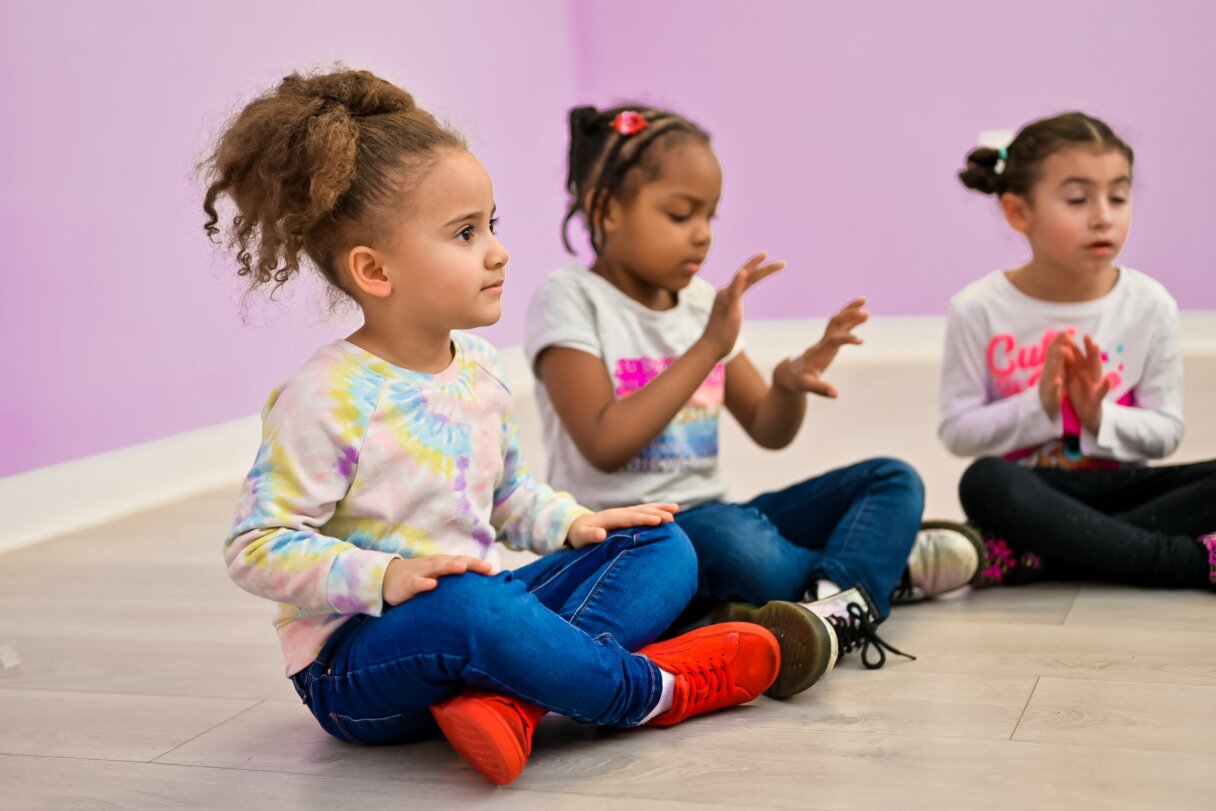
Organizing Show and Tell
To create a solid ground for a more productive show and tell, it is essential to organize it in a supportive environment. Scheduling the event is a determinant factor that may influence the efficiency and the joy it brings to children. Here are some of the tips that might assist an educator in preparing an ample environment for all children involved.
| Direction | Tips |
| Space | The seating must be a circle or semi-circle. It is because the child who is presenting gets to look at and speak to their peers in full view and easy reach. |
| Encouragement | The language used should always be positive. The child must be applauded and complimented for their efforts, no matter how brief or minimal their show may be. It will help motivate them and build their confidence so that in the future they will be more than willing to participate in the session. |
| Mutual respect | The child should be taught to listen to their peers. The mode of show or session must always be brief so as not to lose the attention spans of the children. This way, they learn how to respect a person who is talking and have fun at the same time. It should be made known to them not to interrupt the speaker. |
| Inclusive method | Every child must be made to participate. For children who are generally shy, teachers or instructors should come to them and ask them kindly to speak in their seats. Another possible way is to let them have a buddy to present with them. These ways, the child will be more comfortable since they have a friend who will support them and speak for them if they are not able to. |
| Frequency | Show and tell can be done once a week, if possible, or once every two weeks. This is so that every child will have more than one turn to have their chance in a year’s time. |
Conclusion
Preschool show and tell; is not just fun; it helps children grow emotionally, socially, and intellectually. As we have just discussed, this activity allows children to express themselves, share experiences, and build confidence, increasing their communication skills and knowledge. Show and Tell allows children to express themselves, listen to others, and discuss. To get the most out of the experience, it’s also critical to avoid overstimulating kids and make sure they remain relaxed and involved the entire time. In the end, show and tell gives kids a safe, encouraging space to talk, listen to others, and express themselves.
Let’s give our little scholars the tools and opportunities to grow, share, and connect through enriching activities like show and tell. Be part of our Preschool Program and see how together, we can shape a brighter, more grasping future: book a tour to one of our locations.
Join us at Little Scholars Daycare!
Let’s give our little scholars the tools and opportunities to grow, share, and connect through enriching activities like show and tell. By fostering an environment of support and encouragement, we empower them to express themselves and discover the world around them in meaningful ways. Be part of our community and see how together, we can shape a brighter, more understanding future for our children.
FAQ
What is show and tell?
Showing and telling is the act of demonstrating something to a group of people and explaining it to them; typically, this is a toy or other kid-friendly object. It is a standard early elementary school activity in the UK, North America, New Zealand, and Australia.
What are the benefits for preschoolers?
Preschoolers gain from show and tell in a number of ways, including improved communication skills, practice public speaking, increased self-esteem and confidence. It’s about emotional intelligence through sharing experiences and feelings, and the development of important social skills like empathy, patience, and respectful listening.
What items are best to bring?
Simple, age-appropriate, and personally meaningful objects, such as a family photo, a handmade craft, a souvenir from a trip, a favorite book, or a natural object like a cool rock, make the best show and tell items. The most crucial categories are that the object is simple to describe, piques interest, and makes the child feel proud to share specials with them.
How to help a shy child participate?
Gradually increase the number of children you interact with by starting with social situations that only involve one or two other kids. Practice class presentations or show-and-tell with your child at home. When your child has to stand up in front of their class, this will make them feel more at ease.
How often should we run show and tell?
The frequency of “Show and Tell” varies depending on the setting, such as a workplace or classroom (e.g., weekly), but it must always be consistent to be effective. Participants can anticipate and get ready for the event when it is scheduled consistently, which also helps it become a routine.

